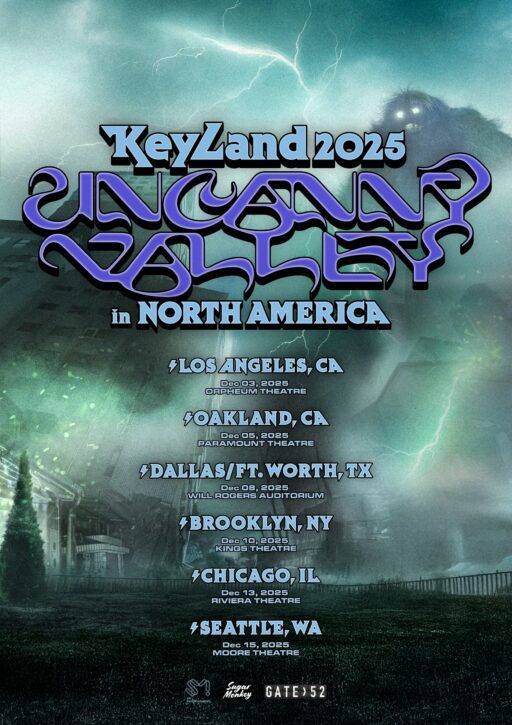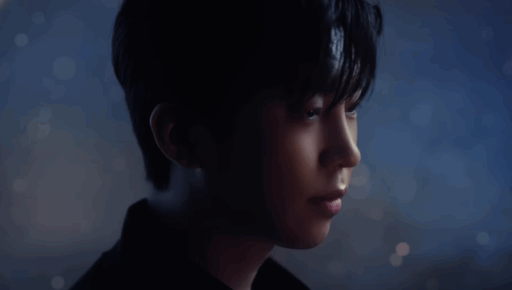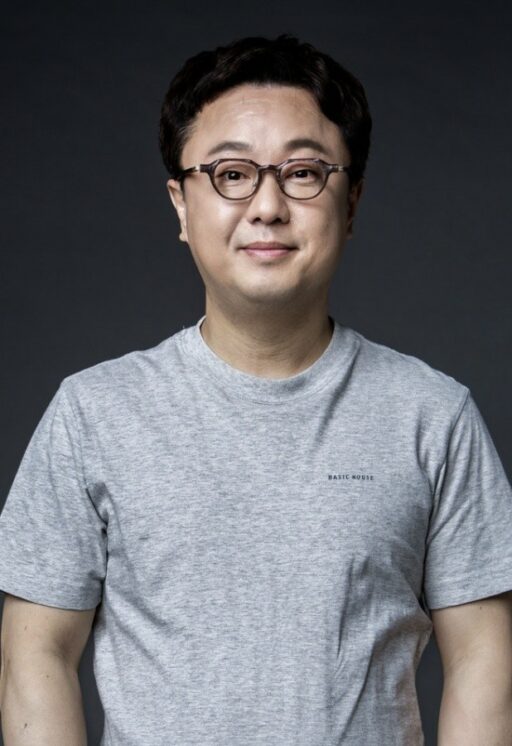Baekje Sabi Period Temple Relics and Embankment Layer Discovered
In Buyeo-gun, Chungcheongnam-do, temple-related relics and an embankment layer from the Baekje Sabi Period (538-660) have been discovered.

On the 28th, the National Heritage Administration's National Research Institute of Cultural Heritage and the Buyeo Cultural Heritage Research Institute jointly announced the results of the '18th Archaeological Survey of the Buyeo Gwanbuk-ri Site' conducted in the area of Sangbuk-ri, Buyeo-eup, from July 6-7. They confirmed the presence of an embankment layer that is approximately 1 meter high, made by stacking earth in layers.
An embankment layer refers to a ground constructed by artificially piling soil on top of the natural ground.
The National Heritage Administration explained that the discovered embankment layer applies a typical Baekje horizontal embankment construction technique, which was used for important structures such as royal palaces. This serves as a significant clue indicating the possibility of important buildings existing in the area.
Typical Baekje Horizontal Embankment Construction Technique
Horizontal embankment is a method of evenly piling soil to a certain height to flatten the ground surface, while the embankment technique is an ancient construction method where a wooden frame is created and soil is repeatedly compacted and piled within it.
New Discoveries in Baekje Buddhist Art

In the southern part of the surveyed area, various Buddhist relics were unearthed along with pieces of burnt roof tiles.
Notably, items such as the 'nimbus' which represents the light emanating from the Buddha's body, 'hwa-bul' (miniature Buddha images depicted on statues or nimbuses), and numerous small statues presumed to resemble the flowing garments were discovered.
Of particular importance is the fact that gold powder (gold leaf mixed with glue) was used on the flame-patterned border of the nimbus.
Additionally, traces of pigment used for coloring were also confirmed on the robes of Buddha or Bodhisattva statues. This is the first time that the use of gold powder has been confirmed on small statues from the Three Kingdoms period, greatly enhancing its academic value.
This is the first time that the use of gold powder has been confirmed on small statues from the Three Kingdoms period.

The National Heritage Administration believes that these discoveries suggest a high likelihood of a temple existing in the area. They also assessed that this finding will be an important resource for understanding the production techniques of small statues in the Sangbuk-ri area at that time.
The National Buyeo Cultural Heritage Research Institute plans to utilize the results of this investigation as basic data to conduct a comprehensive archaeological distribution survey across the entire Sangbuk-ri area by May next year.
They stated that through this, they plan to establish a direction for the preservation of the site.

Image credits: Photo provided by the National Heritage Administration, small statues and burnt roof tile pieces / Photo provided by the National Heritage Administration, stone seated statue from Yeondong-ri, Iksan / National Heritage Administration, gold powder used in the flame pattern of the nimbus / Photo provided by the National Heritage Administration.


